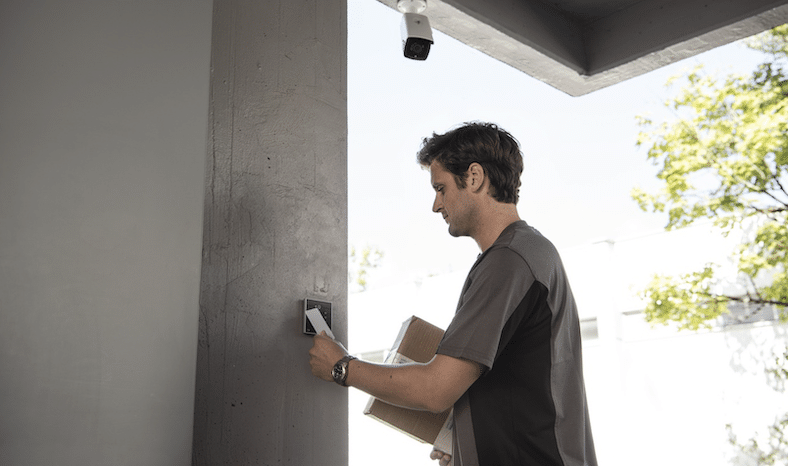Sometimes, it seems as if the modern world is starting to resemble some of the more useful predictions of science fiction more and more these days. Take the case of radio frequency identification (RFID) and scanning technology. RFID is a unique, versatile technology that’s only improved with time. There are a few types of RFID (active, requiring a power supply and passive, taking its power from the scanner) operating at low, high, and ultra-high frequencies (LF, HF, and UHF respectively).
The most effective method for protecting inventory is implementing a mix of standard passive RFID with a form of impact management. Implementing such a solution helps deter and partially eliminate damage along the supply chain. Their utility and ease-of-use make them a smart option for any business moving cargo from one place to another. RFID with impact management integration offers an antidote to most shipping concerns, providing peace of mind and security along the way. Here’s how:
Automatic identification
The single, most crucial function of RFID Tags is identifying which products have possibly been damaged or impacted during transit. Modern passive RFID tags adequately perform this function with very little user input. All that’s required on the user’s part is selecting an impact threshold. Mechanical stress on an object in transit can cause different levels of damage. That’s why you can set your threshold to a predetermined gravitational force (g force). When an Impact matches or exceeds your designated threshold, it will trigger the RFID tag to identify and report the impact.
Automated reporting
While the RFID tags themselves automatically identify an impact issue and turn red, it’s when the tag gets scanned at a checkpoint when it reports the issue. When they’re set up to work with an organization’s enterprise management system, the system tells you which products require inspections and which ones are good to ship. Scanning an item into your systems immediately reports impact, high g force, or other damaging events without requiring any oversight from managers and personnel. This type of automated reporting takes the guesswork out of inventory management while providing complete control over shipping your goods and reducing supply chain problems.
Damage reduction
Between the point of origin, distributors, various stops, and the final destination, many things can go wrong. The last thing anyone wants is damaged inventory. Passive RFID tracking (with built-in impact measuring) reduces supply chain damage significantly. Some tags also come with companion tags that will provide additional information for actions to take should cargo become damaged. Not only does it help create an environment of accountability and better quality control, it reduces damage claims, delays, and customer service issues across the entire organization.
Real-time monitoring
The most powerful RFID tracking tags can be read by any UHF reader, allowing them to integrate into existing RFID systems. They can also upload data to the cloud that can later be incorporated/disseminated into your enterprise management system, giving you the ability to manage shipments remotely. Remote readings let you monitor your cargo in real-time. The tags can find hidden damage and alert you to it, giving you the power to divert cargo and assess damage midi shipment. Instead of relying on a line of sight to check it yourself, RFID tracking tags let you make those decisions instantly. Ultimately, this proactive measure ensures quality customer service over time and builds a better reputation for your organization.
Low maintenance
The best part about using an RFID tag to monitor your shipments is the elegance of its design. Outside of some minor installation costs and keeping in mind passive RFID tags have slightly larger antennas ( which may be prone to an increased damage risk), RFID integration is an extremely low-maintenance affair. Most RFID tags no longer require a line of sight to function properly, meaning they can be stored basically anywhere in the shipment and still be useful. They also don’t usually require much in the way of maintenance.
There are no wires, they have long-lasting batteries (for active tags) or no batteries at all (for passive tags), and they can be serialized for maximum use. Once they’re integrated into your company’s enterprise management system, it’s simply a matter of sitting back and assessing the data as it rolls in. Then, you can make informed decisions about attentionally impacted cargo without having to worry about maintaining your tracking devices.









![Read more about the article [India MSME Summit 2021] Transformation, talent, tech – 35 quotes from YourStory’s third annual MSME event](https://blog.digitalsevaa.com/wp-content/uploads/2021/07/India13-1625250456896-300x150.png)